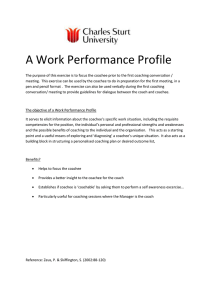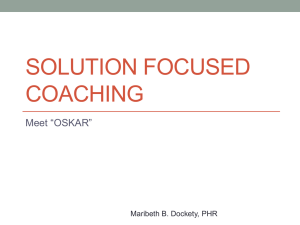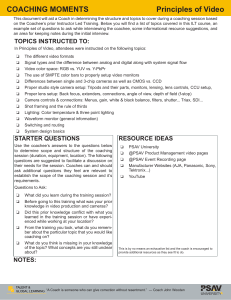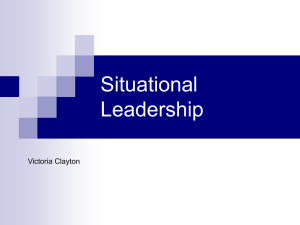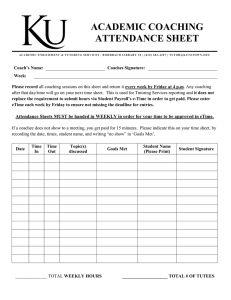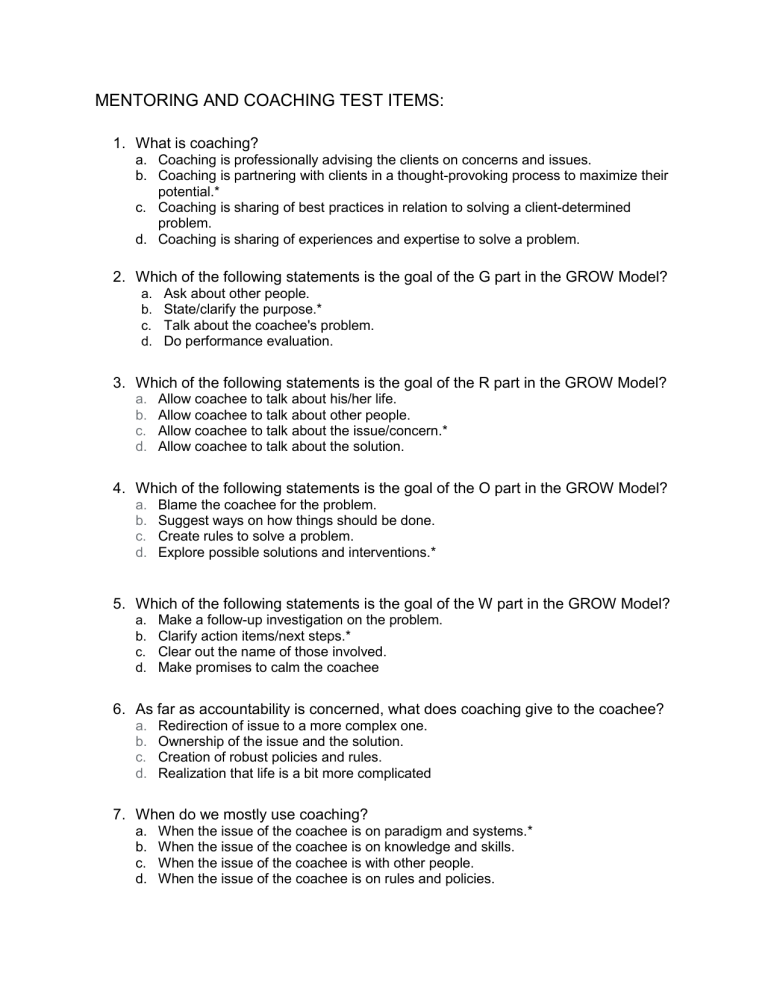
MENTORING AND COACHING TEST ITEMS: 1. What is coaching? a. Coaching is professionally advising the clients on concerns and issues. b. Coaching is partnering with clients in a thought-provoking process to maximize their potential.* c. Coaching is sharing of best practices in relation to solving a client-determined problem. d. Coaching is sharing of experiences and expertise to solve a problem. 2. Which of the following statements is the goal of the G part in the GROW Model? a. b. c. d. Ask about other people. State/clarify the purpose.* Talk about the coachee's problem. Do performance evaluation. 3. Which of the following statements is the goal of the R part in the GROW Model? a. b. c. d. Allow coachee to talk about his/her life. Allow coachee to talk about other people. Allow coachee to talk about the issue/concern.* Allow coachee to talk about the solution. 4. Which of the following statements is the goal of the O part in the GROW Model? a. b. c. d. Blame the coachee for the problem. Suggest ways on how things should be done. Create rules to solve a problem. Explore possible solutions and interventions.* 5. Which of the following statements is the goal of the W part in the GROW Model? a. b. c. d. Make a follow-up investigation on the problem. Clarify action items/next steps.* Clear out the name of those involved. Make promises to calm the coachee 6. As far as accountability is concerned, what does coaching give to the coachee? a. b. c. d. Redirection of issue to a more complex one. Ownership of the issue and the solution. Creation of robust policies and rules. Realization that life is a bit more complicated 7. When do we mostly use coaching? a. b. c. d. When the issue of the coachee is on paradigm and systems.* When the issue of the coachee is on knowledge and skills. When the issue of the coachee is with other people. When the issue of the coachee is on rules and policies. 8. Why do we coach? a. Because change is difficult, thus, coaching aims to distract the coachee. b. Because change is personal, thus, coaching aims to empower the coachee.* c. Because change is complex, thus, coaching aims to train the coachee to control his/her emotions. d. Because change is chaotic, thus, coaching aims to inform the coachee what needs to be done. 9. It is a professional relationship in which a more-experienced person helps a lessexperienced person develop knowledge and skills that will help his professional and personal growth.” a. Coaching b. Mentoring* c. Counselling d. Training 10. When do we mostly use mentoring? a. b. c. d. When the issue of the coachee is on paradigm and systems. When the issue of the coachee is on knowledge and skills.* When the issue of the coachee is with other people. When the issue of the coachee is on rules and policies.

